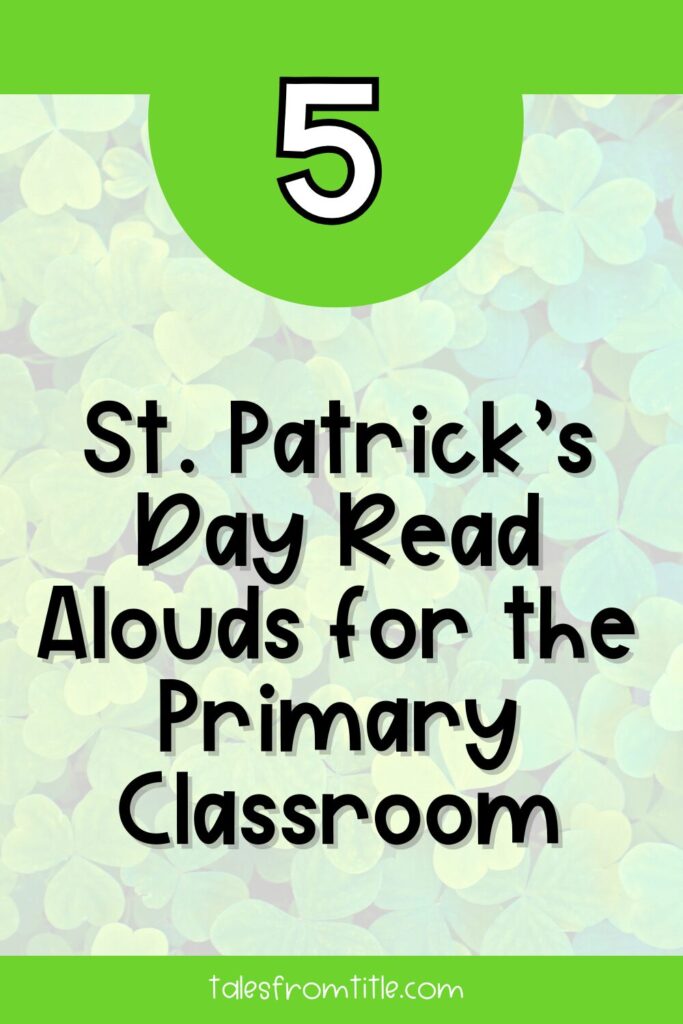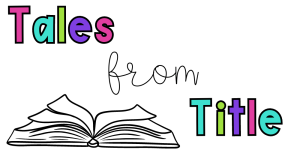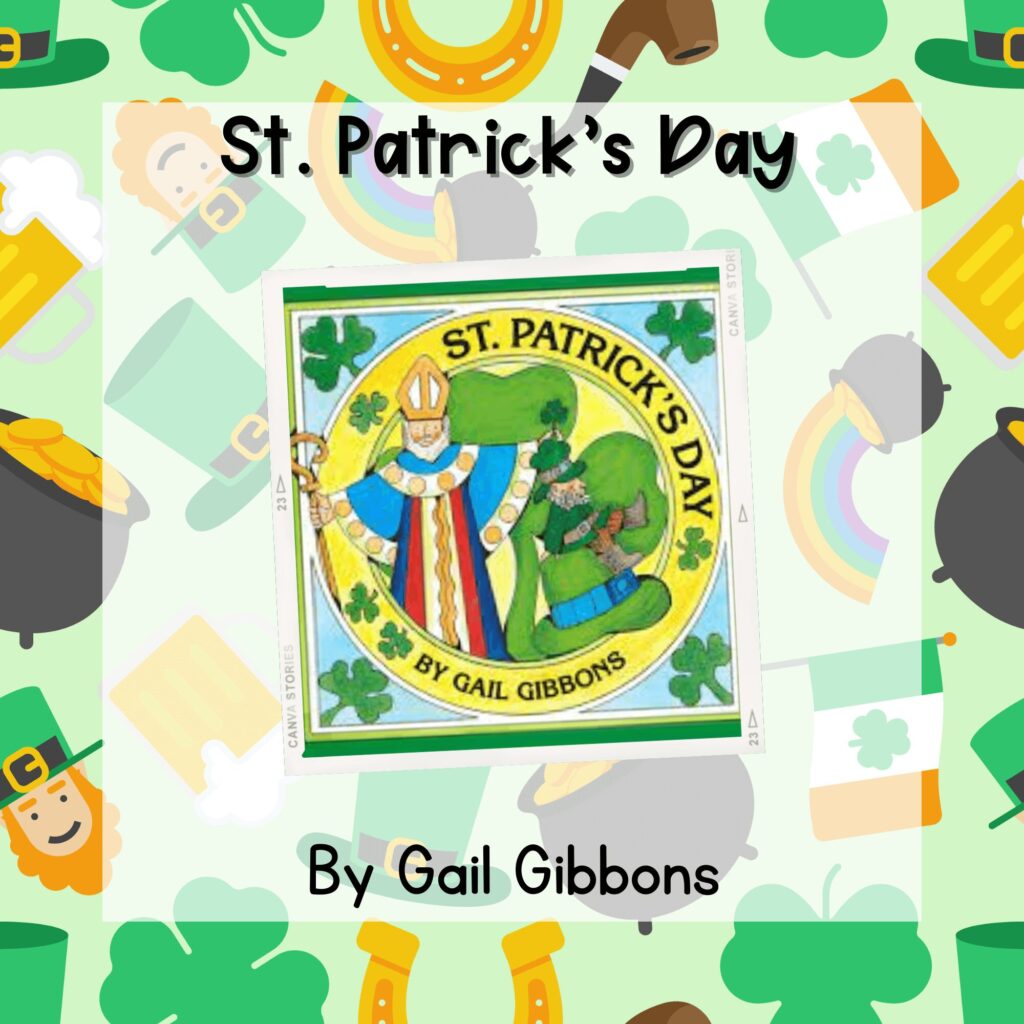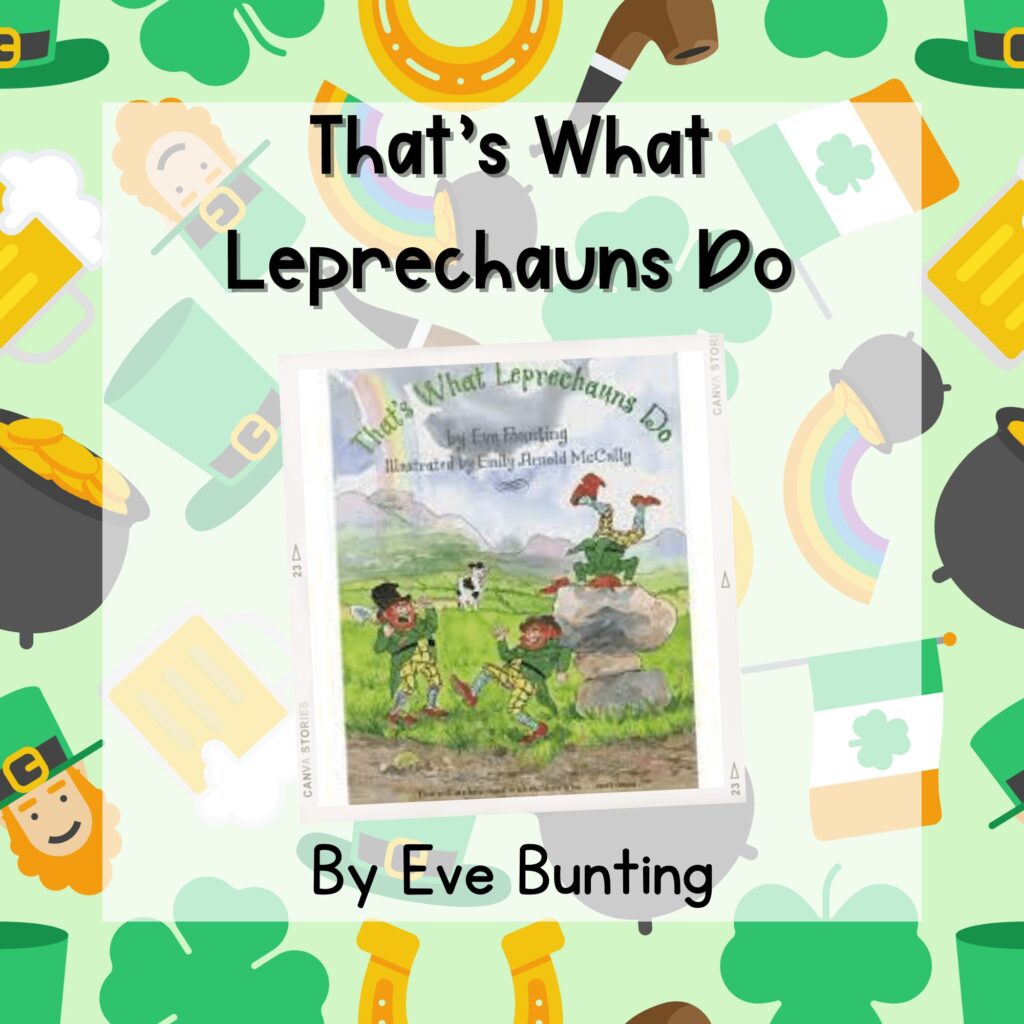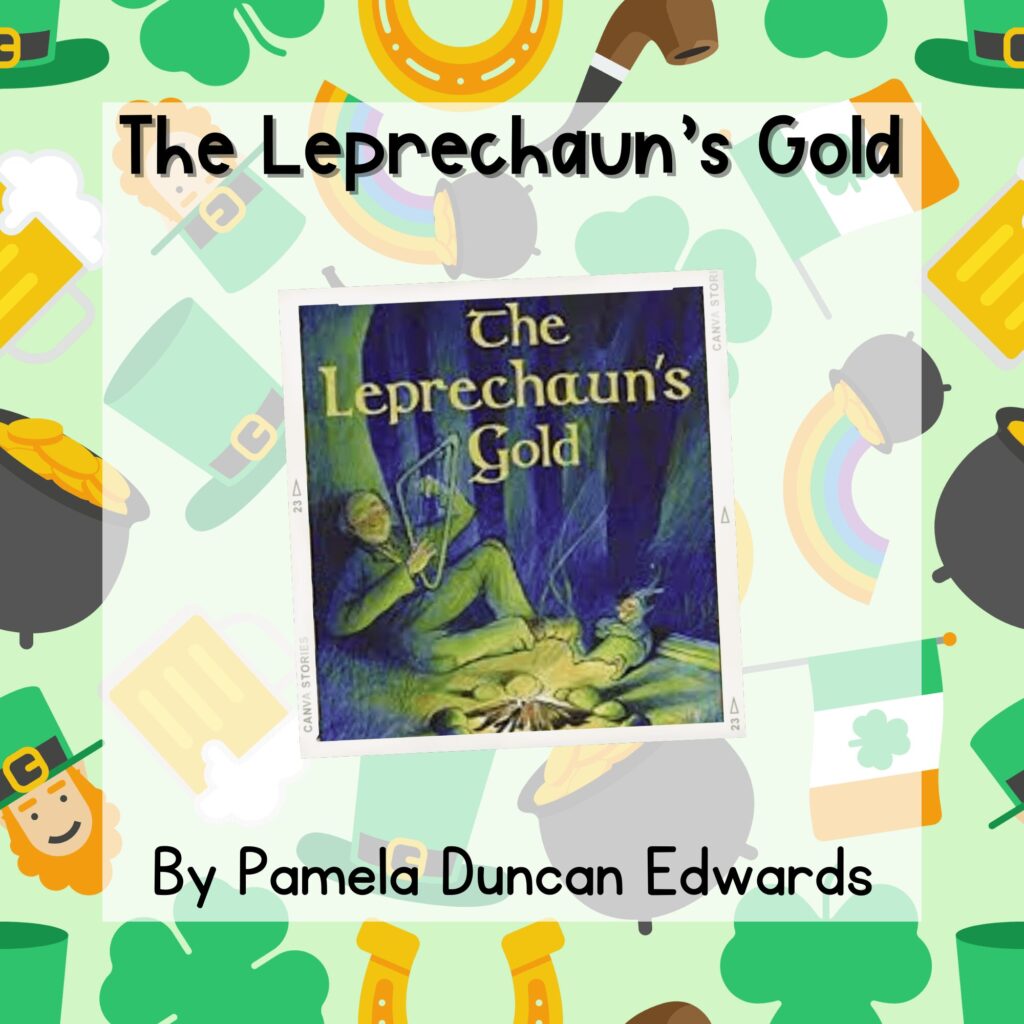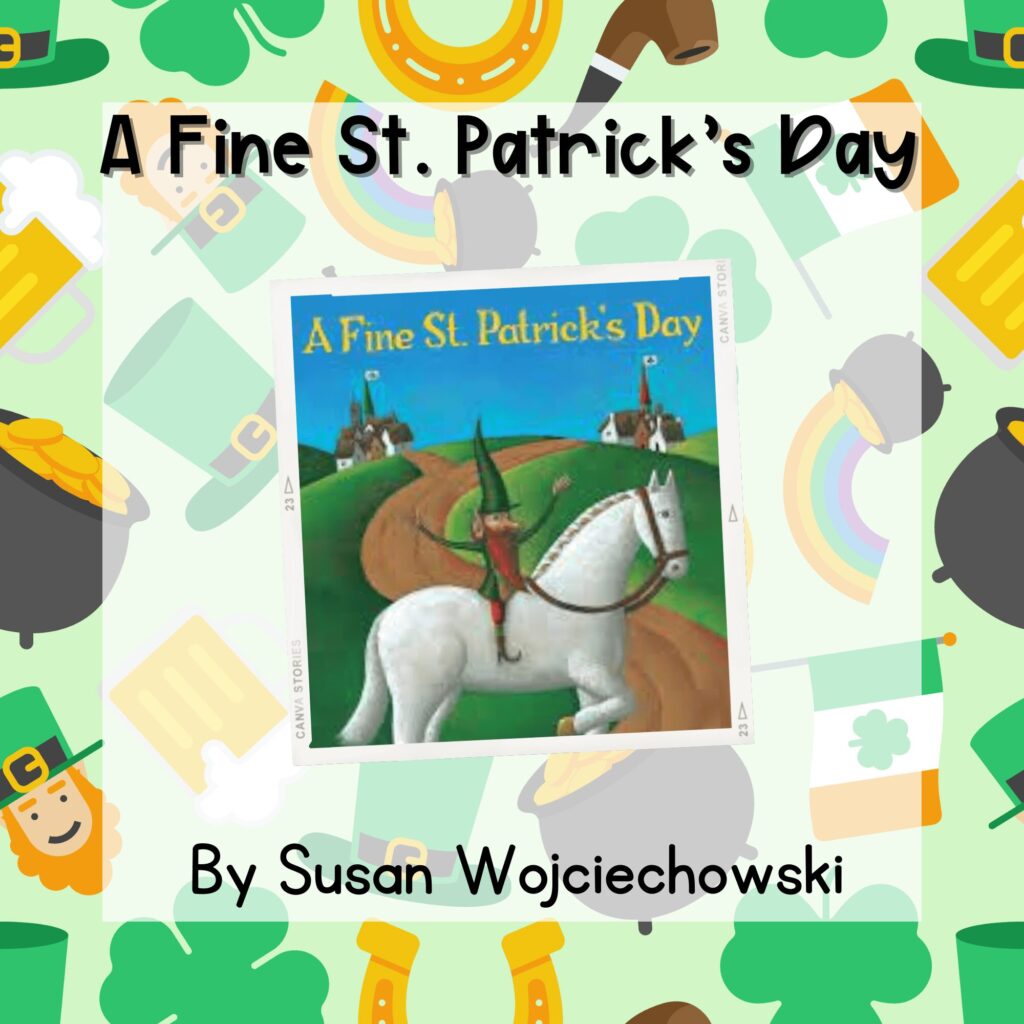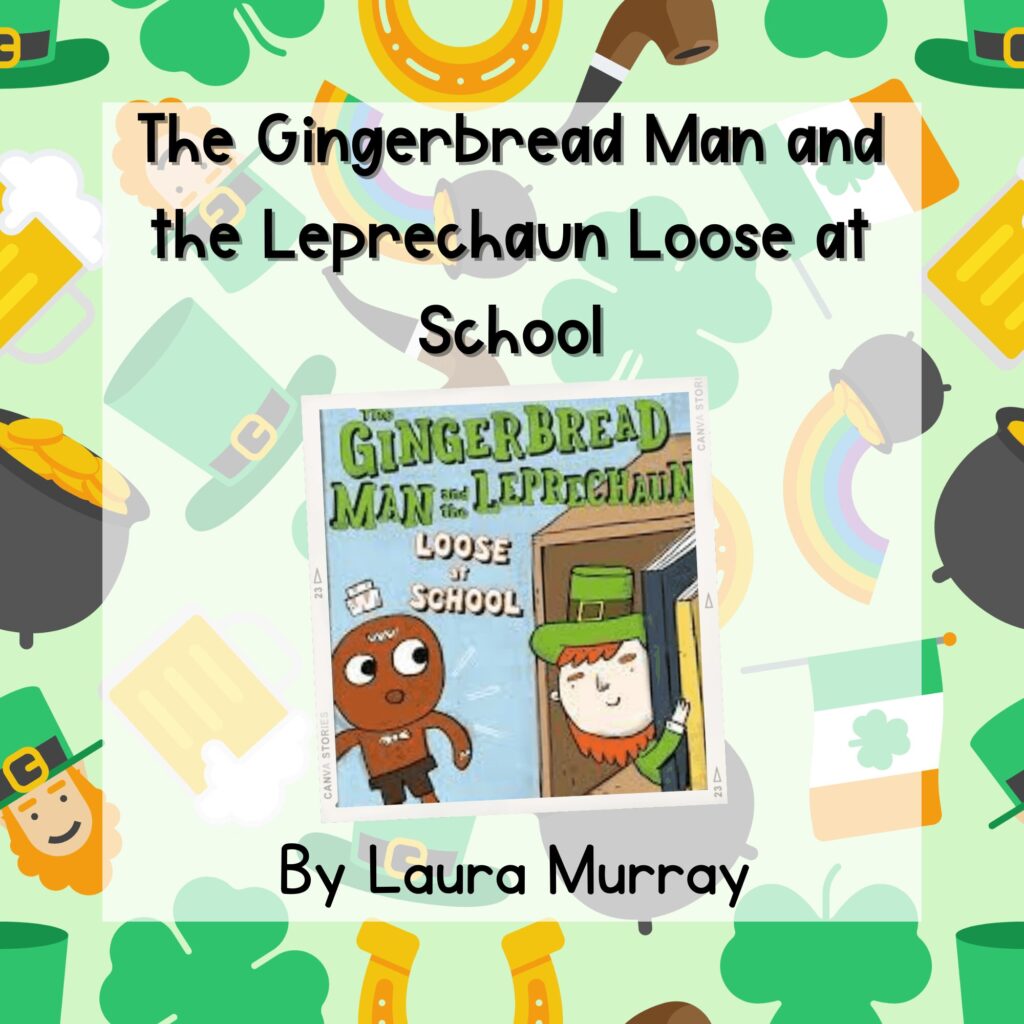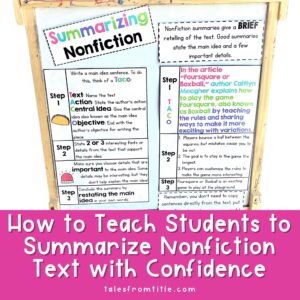St. Patrick’s Day is right around the corner, which means it’s time to start planning how you’ll incorporate this holiday into your lesson plans! If you’ve read my blog post on thematic units, you know how powerful I think they can be. However, for reasons beyond our control, many of us can’t fully implement thematic units in our classrooms. While it can be frustrating to feel like we don’t have complete autonomy over our instruction, you can still create meaningful learning experiences for your students through engaging read-alouds.
Today, I’m sharing some of my favorite St. Patrick’s Day books to read aloud in your classroom. These selections introduce students to holiday-specific vocabulary, help them understand why we celebrate St. Patrick’s Day, and provide valuable lessons.

While I am not an Amazon affiliate, I’ve included links to purchase these books on Amazon. You can also check them out at your school or local library, as I did, so you don’t have to spend any money to share these wonderful stories with your students.
This nonfiction book is a fantastic introduction to St. Patrick’s Day for primary students—I even learned a few new facts the first time I read it! The illustrations are well done, and it’s a great way to teach students about the history behind the holiday we usually celebrate by wearing green and setting up leprechaun traps. I included this book in my primary list instead of my intermediate list because many of the pages feature short, one-sentence facts. If I were reading this with older students, I’d want more elaboration.
I loved this story about three mischievous leprechauns who rush to hide a pot of gold at the end of the rainbow. However, they get distracted by their favorite pastime: playing tricks! I was sure their pranks would interfere with their mission, and in a way, they did — just not how I expected.
This book would be perfect for a St. Patrick’s Day-themed writing prompt. Here are a few fun options to spark your students’ creativity:
- I am a mischievous leprechaun when I…
- If I were a leprechaun, I would trick my (teacher, mom, dad, siblings, etc.) by…
- I was on my way to hide my pot of gold at the end of the rainbow when I stopped to play a trick on _____. Then, have students write about the trick they played.
This story is an excellent way to help students practice identifying the moral or lesson of a story. It teaches multiple valuable lessons, including:
- The importance of helping others
- The negative impact of greed and boastfulness
- The value of humility
Not only does this book bring some St. Patrick’s Day spirit into the classroom, but it also reinforces real-world lessons about good character.
This is such a heartwarming story about two neighboring towns that compete each year to see who can create the best St. Patrick’s Day decorations. Like The Leprechaun’s Gold, this book is perfect for teaching students how to determine the moral of a story. A Fine St. Patrick’s Day reminds students of the importance of kindness and compassion, while also showing that winning isn’t everything.
I had to include this one because I absolutely love Laura Murray’s Gingerbread Man books! This story is full of humor and rhymes, making it a great read-aloud for engaging students. As you read, you can have students identify the rhyming words. The illustrations, styled like a graphic novel, add another layer of excitement. If the silly story doesn’t keep your students hooked, the pictures definitely will!
After reading, you could have your students compare and contrast this story with the classic Gingerbread Man tale.
Do you use any of these books in your St. Patrick’s Day lessons? Are there others you think should be on this list? Let me know in the comments!
